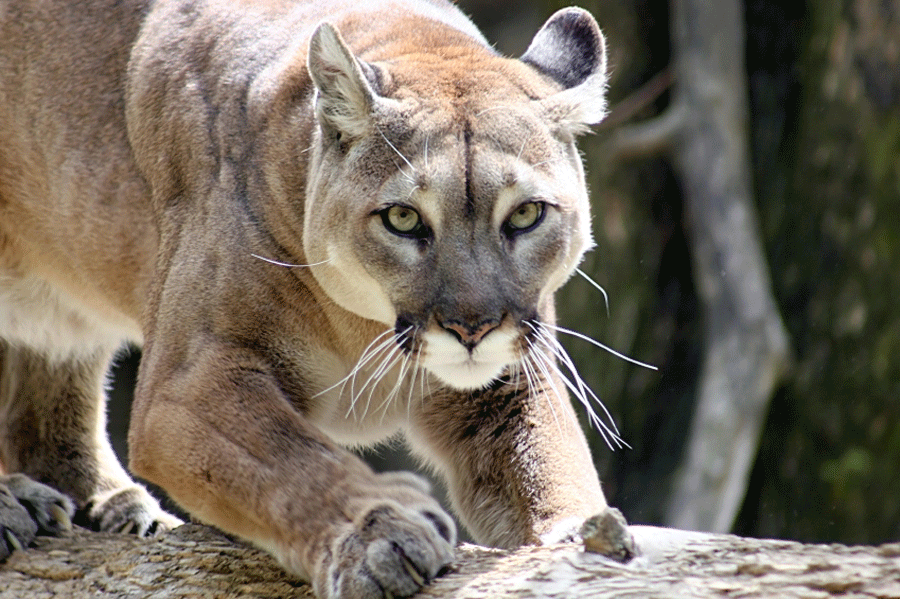Welcome back for Part 2 of “Become a Hockey Training Rockstar.” If you missed Part 1, you can check it out here: Become a Hockey Training Rockstar-Part 1
Before I jump into the final three tips, I want to let you know that I started a new group on LinkedIn called “Hockey Training“. If you don’t have an account on LinkedIn, I encourage you to create one. It’s great for networking and job searching purposes. After you do, come join my group here: Hockey Training. The goal is to use the group as a way to help players find quality training centers, students to find internships, coaches to find jobs, and for everyone to share information.
On to today’s post…
3) Lead with Intensity
Whether players realize it or not, EVERYTHING they do is observed by those around them and causes a reaction of some sort. Players look to their surroundings for cues on how to conduct themselves, and attitude, for better or worse, is highly contagious. In a training setting, the players that get that sick look in their eyes and fight through tough parts of the training program such as sets to failure, isoholds, and conditioning, inspire others to do the same. Having a single person in every group that operates with a high level of intensity can completely change the group/team dynamic.

Intensity
4) Be Coachable
Every player takes a different path to excellence. The rate of progress and ultimate end point is different for everyone. That said, nothing facilitates a more direct, expedited route than quality coaching. Sometimes players find some success, and then think they have it all figured out. This is especially true with skilled players that have achieved on-ice success without, up to that point, putting in any significant time or effort in an off-ice training setting. It always catches up with them. The players that neglect the off-ice training side of things tend to have careers limited by constant and nagging injuries. For many players, this is dream-limiting; for players that make it to the most elite levels, this separates them from more playing time (and consequently an absolutely sick amount of compensation!). Players need to stay coachable throughout their development process. If a coach tells you to do something, do it. Their job exists to help you.
Step 1: Show up. Step 2: Be coachable.
With age comes wisdom.
That’s a wrap for this two part series on “How to Become a Hockey Training Rockstar.” These principles don’t just apply to hockey training scenarios, but to on-ice work as well. While some of these concepts are a few steps removed from the direct message sent by Ryan Lee and a few of his other presenters, all of these ideas were inspired by the idea that success in business, in hockey training, or in anything else should be built upon passion, integrity, focused intense work, mental flexibility, and a willingness and desire to help others.
To your success,
Kevin Neeld